
New discovery on photosynthesis discovered
Blog, The Plant Cell, The Plant Cell: News9:07:18 | Editor: Marc Platthaus From Neue Erkenntnis zur Fotosynthese entdeckt Translated by Google.
The conversion of carbon dioxide and sunlight into energy (or biomass) and oxygen: hardly any process is as crucial to life on earth as photosynthesis. Although the process has been studied extensively…
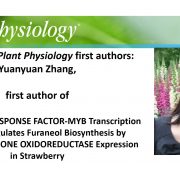
Recognizing Plant Physiology first authors: Yuanyuan Zhang
Blog, Plant Physiology, Plant Physiology: Author ProfilesYuanyuan Zhang, first author of An ETHYLENE RESPONSE FACTOR-MYB Transcription Complex Regulates Furaneol Biosynthesis by Activating QUINONE OXIDOREDUCTASE Expression in Strawberry
Current Position: PhD student in the Institute of Fruit Science, Zhejiang University, China; graduating September 2018
Education:…

Recognizing Plant Physiology first authors: François Lefèvre
Blog, Plant Physiology, Plant Physiology: Author ProfilesFrançois Lefèvre, first author of Towards the identification of substrates of ABC transporters
Current position: BAEF (Belgian American Educational Foundation) postdoctoral fellow at the Boyce Thompson Institute of Cornell University in Ithaca, NY.
Education: PhD in Biochemistry at the Université…
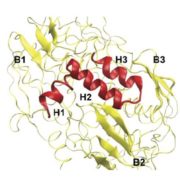
Enzyme helps as a transcription factor in lignin production
Blog, The Plant Cell, The Plant Cell: NewsArjen Dijkgraaf | Wednesday, July 4, 2018 (Originally published in C2W Boeken. Translation by Google Translate)
In poplars a protein appears to have a bizarre double function: it makes building blocks for amino acids but also regulates the production of lignin. It could be a new way to create…
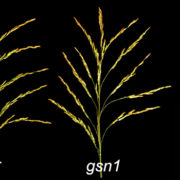
Rice Panicle Morphogenesis: Intercommunication Between Grain Number and Size
Research, The Plant Cell, The Plant Cell: In a NutshellGuo et al. investigate the trade-off between seed number and seed size of rice. Plant Cell (2018) https://doi.org/10.1105/tpc.17.00959.
By Tao Guo, Ke Chen, Nai-Qian Dong, Chuan-Lin Shi, Wang-Wei Ye, Ji-Ping Gao, Jun-Xiang Shan, Hong-Xuan Lin
Background: Rice is one of the main staple cereal crops…
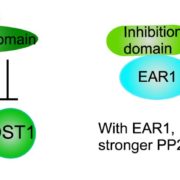
A New Component Regulating ABA Signaling
Research, The Plant Cell, The Plant Cell: In a NutshellWang et al. find that EAR1 is a general negative regulator of ABA signaling. https://doi.org/10.1105/tpc.17.00875
By Kai Wang, Jigang Li and Zhizhong Gong
Background: Abscisic acid (ABA) signaling in plants controls many biological processes, such as seed germination, seedling root growth, and…
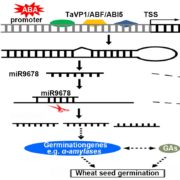
miRNA-Mediated Regulation of Germination
Research, The Plant Cell, The Plant Cell: In a NutshellGuo et al. show that miR9678 affects seed germination in wheat by generating phased siRNAs and modulating abscisic acid/gibberellin signaling. Plant Cell https://doi.org/10.1105/tpc.17.00842
By Guanghui Guo and Yingyin Yao
Background: Seed germination is important for grain yield and quality…
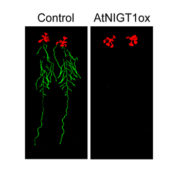
A Brake For Nitrogen Starvation Responses
Research, The Plant Cell, The Plant Cell: In a NutshellKiba et al. focus on transcriptional regulation of nitrogen starvation responses. Plant Cell https://doi.org/10.1105/tpc.17.00810
By Takatoshi Kiba
Background: Nitrogen availability in the soil profoundly affects plant growth and productivity, and thus crop yield. To meet expanding food demands,…

Gender Identity in Kiwifruit
Research, The Plant Cell, The Plant Cell: In a NutshellAkagi et al. identify a gender determining gene in kiwifruit. The Plant Cell (2018). https://doi.org/10.1105/tpc.17.00787
By T. Akagi, I. M. Henry, H. Ohtani, T. Morimoto, K. Beppu, I. Kataoka, and R. Tao
Background: In flowering plants, hermaphroditism, or the presence of both male and female…

